Gran Canaria from a dragon’s eye view
The Mirador del Paso de Marinero viewpoint, also known as Mirador del Balcón, offers extraordinary views of the wildest areas of Gran Canaria and of the stars.
Silence reigns at these altitudes, broken only by the wind coming from the ocean and blowing up to the top of the cliff. No one wants to disrupt the dragon’s sleep, which has been dormant for millions of years. Indeed, when visitors arrive at the Mirador del Paso de Marinero (or Mirador del Balcón) viewpoint in La Aldea, on the west coast of Gran Canaria, they are often left speechless by the range of mountain peaks that plunge into the sea, and which certainly resemble the tail of a sleeping mythological titan.
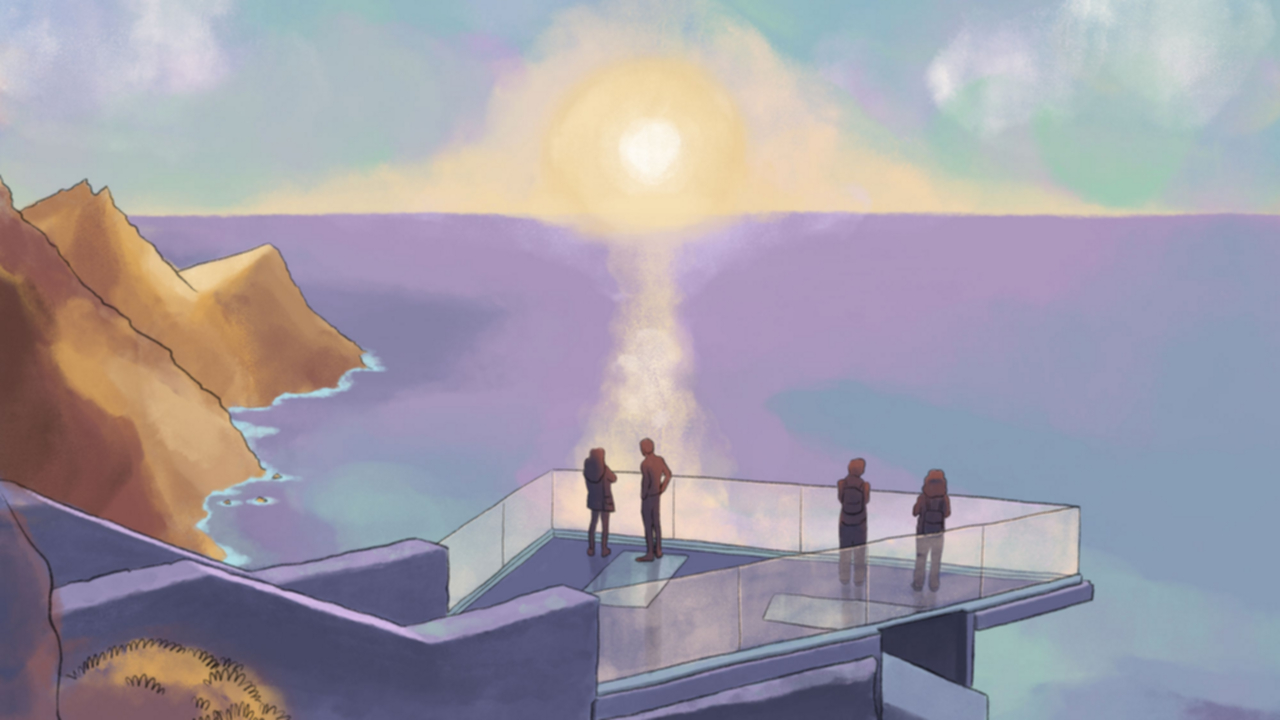
There was a time, long ago, when this old dragon spat fire. That was fifteen million years ago, when the primal island of Gran Canaria rose up from the ocean following successive volcanic eruptions. In fact, this viewpoint is located in the oldest part of the island and the rough landscape it overlooks is the result of a landslide. Therefore, these crags and slopes also serve as a stone book that explains how a volcanic territory is formed and grows. Everything is written in these mountains. Layer by layer, page by page.
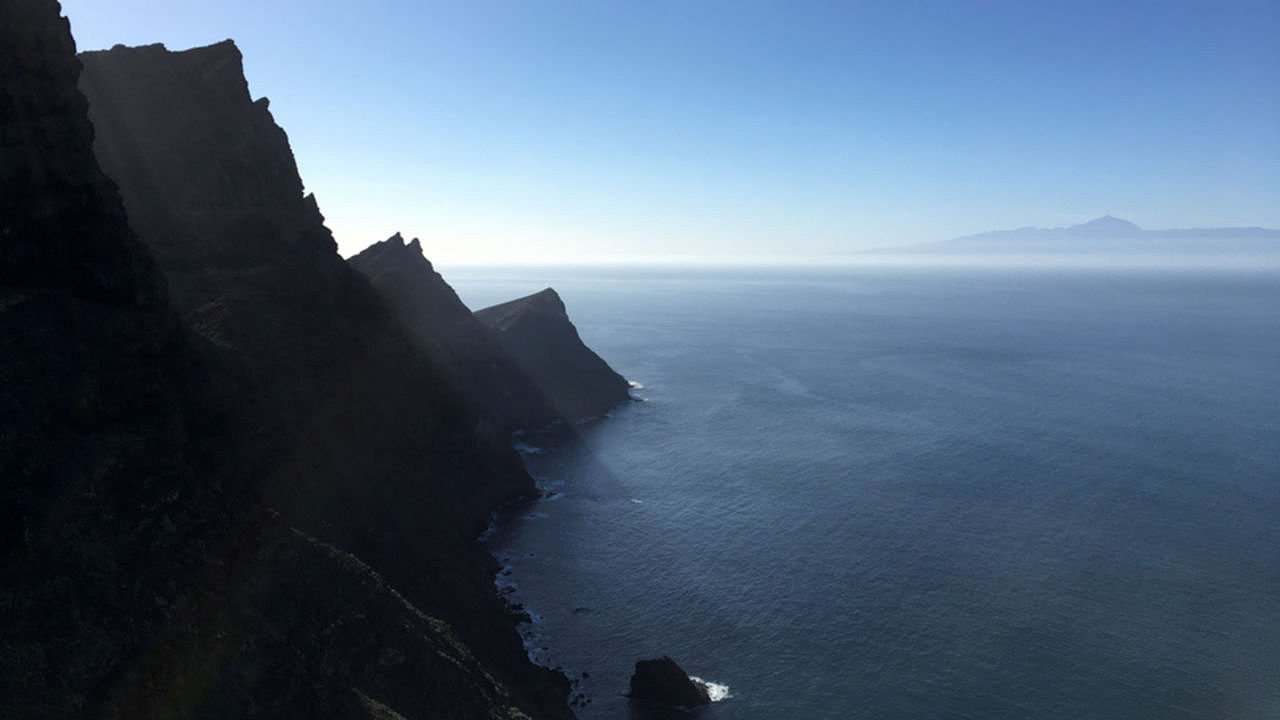
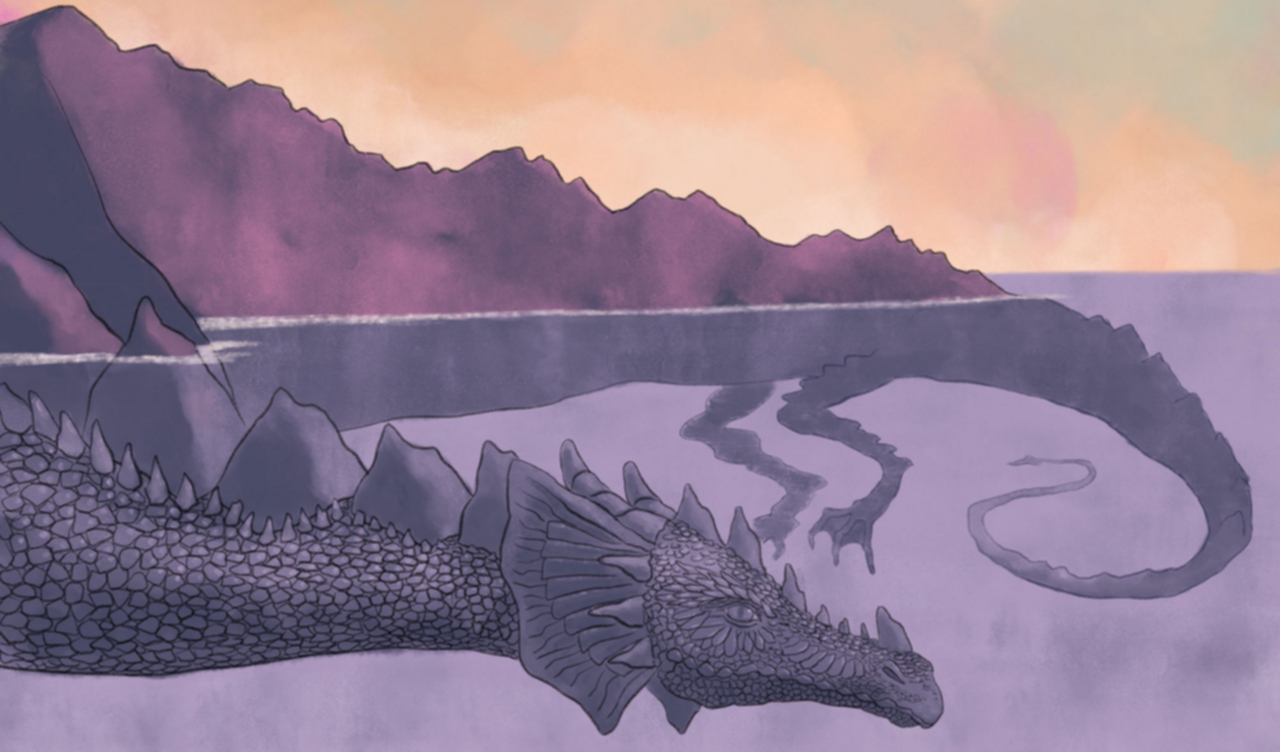
From that time, we can still see the deep footprint left by the weary dragon and feel as if we were sitting on its back, amidst gigantic scales of volcanic stone.
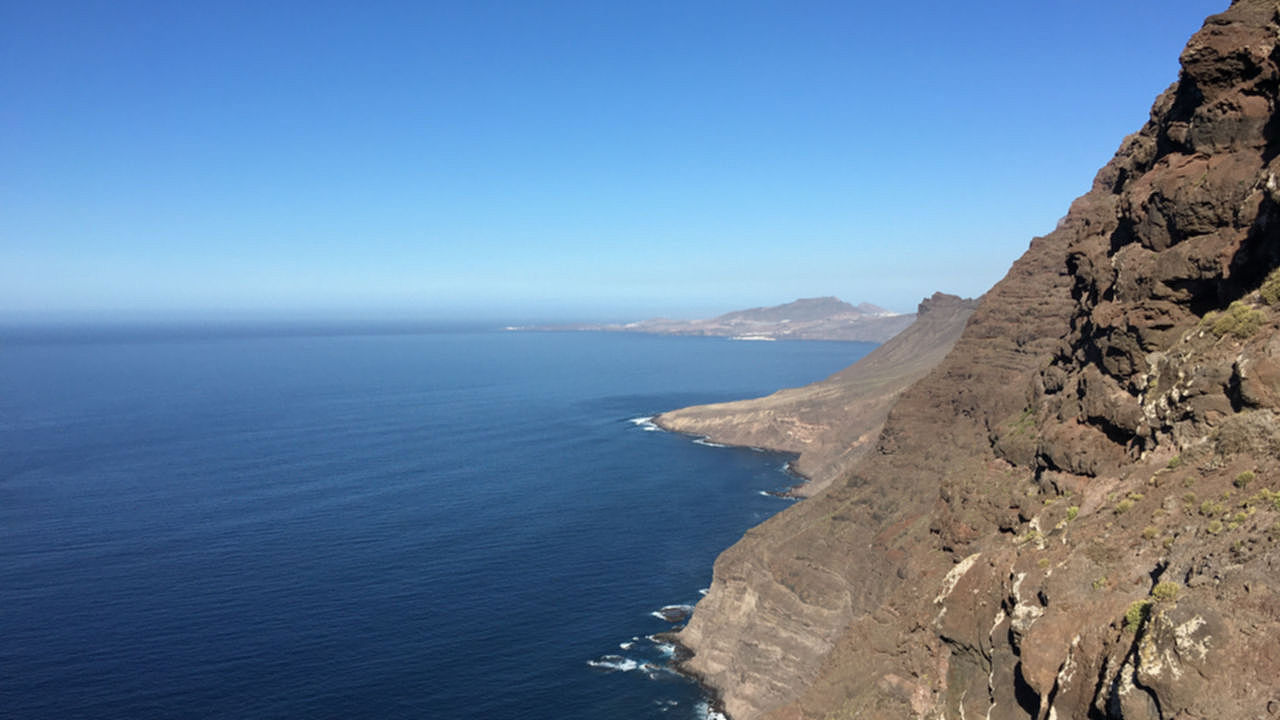
A panoramic view stretches out before us over twenty kilometres from Punta de la Aldea to Punta de Sardina de Gáldar. And if we let our gaze fall towards the first of these points, we will see four mountains, like great pyramids that plunge into the Atlantic Ocean, and then turn into white foam resigned to collide over and over again with this basalt wall. Almost at our feet, the volcanic rock formation known as Roque del Herrero is a castaway, standing only a few dozen metres away. In the opposite direction, we find Playa de las Arenas, the foothills of Agaete and the mountains of Gáldar and Amagro. Straight ahead, our eyes sail across the 30-kilometre-long stretch of sea that separates Gran Canaria from Tenerife, with a depth that exceeds 2,500 metres in its midpoint.
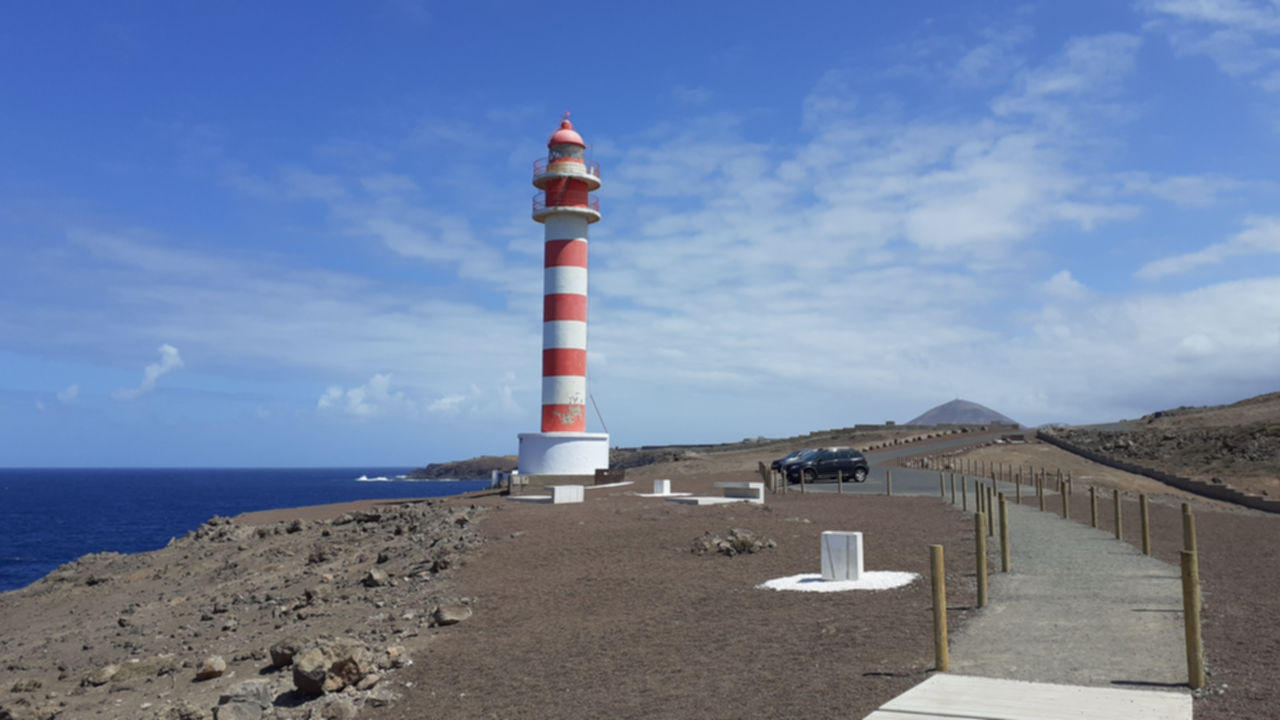
As we turn around quietly, so as not to disturb the sleeping giant, we can see in the distance the pine forests of the Tamadaba Natural Park, on whose southern side the viewpoint is located, and the azulejos, ⎼the tiles in Spanish, the name given to the striking rocky outcrops with overlapping brushstrokes of blue, green, ochre and reddish tones⎼ sparkling in the light. Their radiance shares the limelight with the greenhouses of La Aldea glowing in the sun.
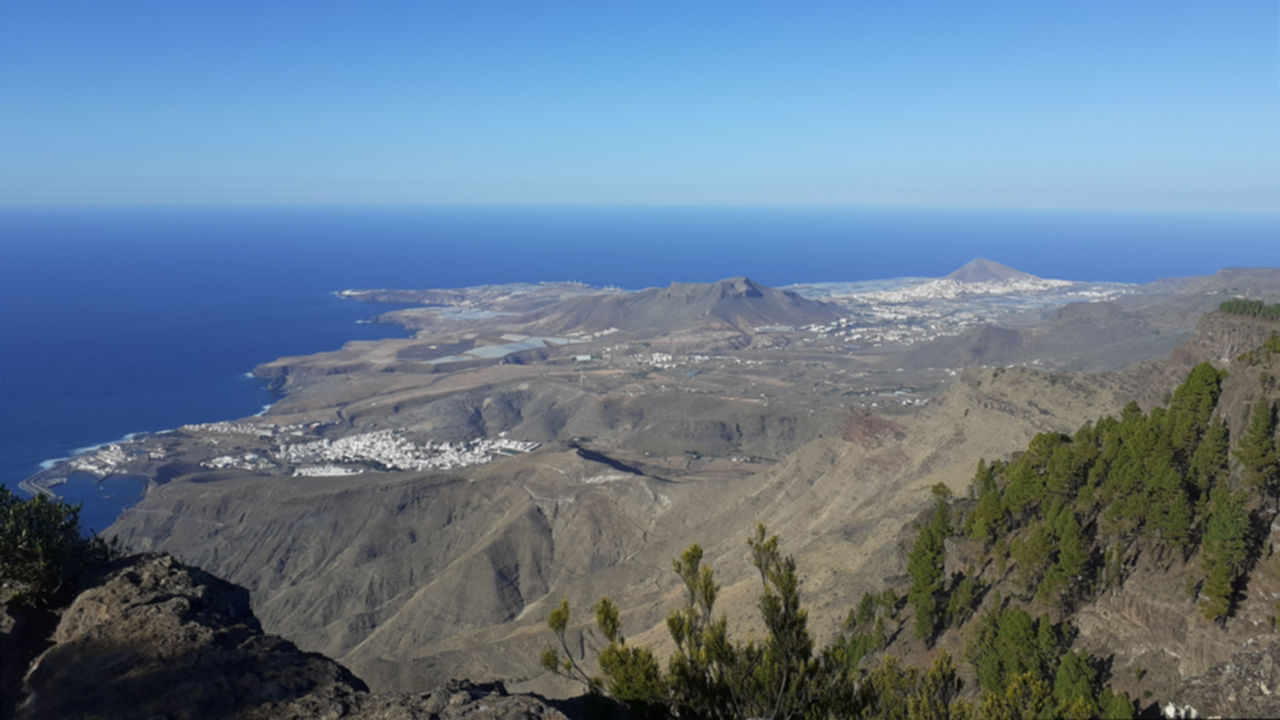
And if the furrow left by the dragon is deep, so is the one left by the men and women who have travelled this land as beautiful as it is vast. The men and women who gave it a soul. This breathtaking place, into which we can peer for a few minutes, provided sustenance for those who hung from the cliffs to collect the orchilla, the lichen from which the precious purple dye was obtained. Or the shepherds, who moved around the uneven ground with their garrotes, wooden sticks topped with an iron tip known as regatón. And of course, the seafarers, who used to go down to the coast to fish and catch shellfish. The old road to La Aldea, built between 1934 and 1954 with great difficulties, especially in the section of the Andén Verde, was another example of the capacity of these people to build an existence on the edges of Gran Canaria.
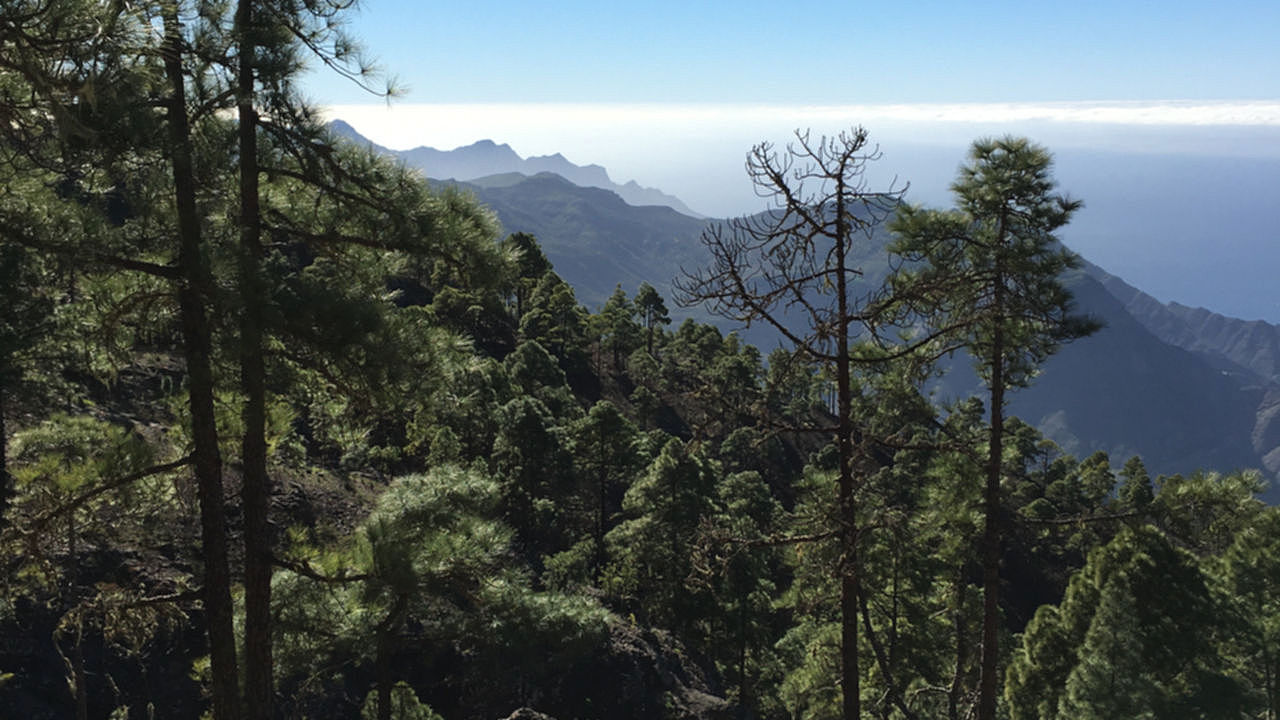
Nature takes on an almost artistic role, leaving on the landscape a sober creation perfectly adapted to this austere, wild and minimalist environment. Canary Island spurges that reach 3, 4 and even 5 metres in height are distributed along the escarpments and slopes, clinging like plant claws. Like the tabaibas do, an endemic shrub abundant on the island whose white juice was used for centuries to poison intertidal waters and thus stun the fish. Maybe the dragon itself drank from these waters as well.
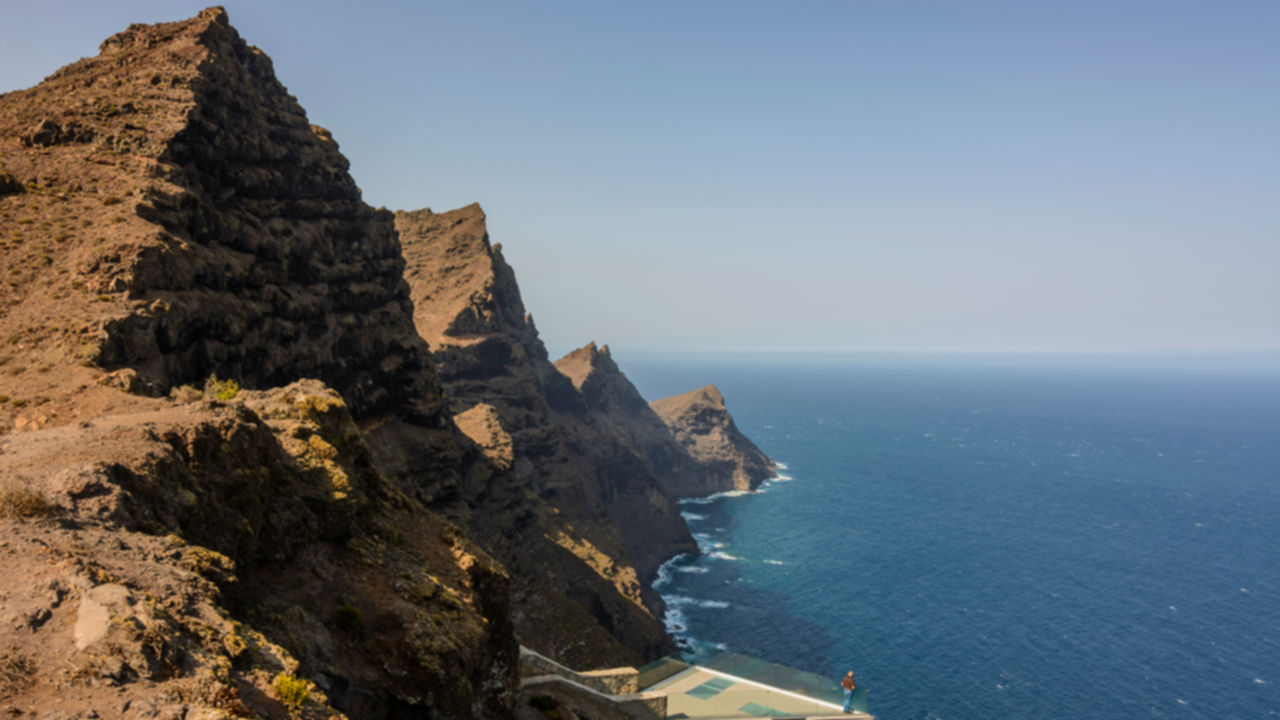
We usually look up at the sky to watch the flight of birds. Here, it is the other way around. The seagulls become white dots flying over the ocean, almost four hundred metres below the viewpoint. This area is home to colonies of shearwaters, birds that only leave the open sea to breed and take care of their chicks. They nest in the cracks and cavities of the cliff, with only one egg per pair. They will feed their chick for a few months before leaving it to fend for itself. The children of the cliff are born ready for their odyssey.
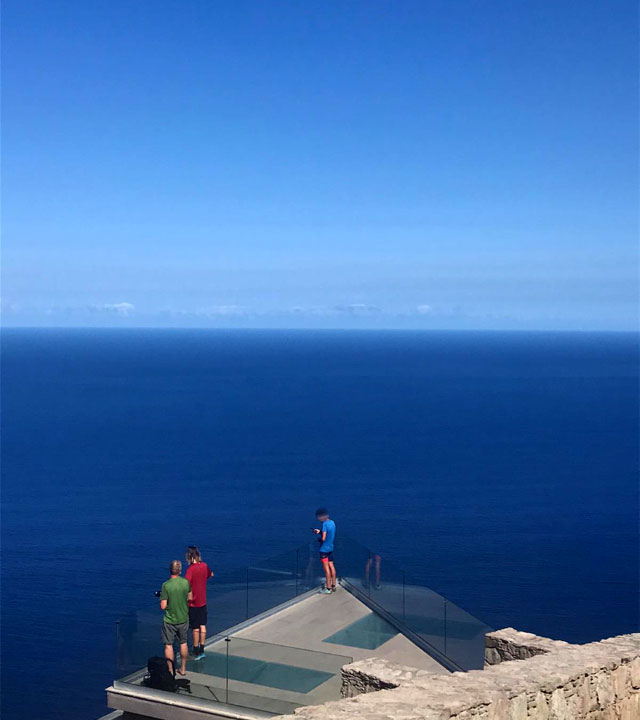
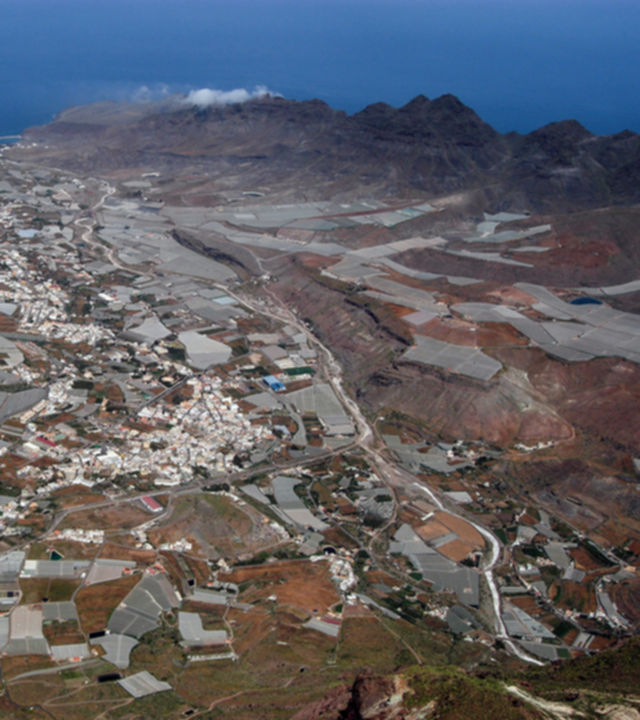
The night sky lights up brightly when the daylight goes out. This viewpoint forms part of the network of astronomical viewpoints on Gran Canaria. Almost half of the island has been declared a StarLight Tourist Destination because of its low light pollution and excellent conditions for stargazing. In this case, from the eye of the dragon.
From this perspective, boreal constellations take centre stage, although, during the summer, some of the most prominent stars are the ones that form the so-called Summer Triangle: Vega, Deneb, which is hundreds of times larger than the sun and 55,000 times brighter, although it is extremely distant; and Altair, whose etymology refers to the silhouettes of flying eagles.

Down here, on Earth, in Gran Canaria, the vastness is in the details. A few metres from the viewpoint, a rock shows a wide colour palette ranging from yellow to red and every shade of yellow in between. It is as if a sunset had been engraved in it forever. The upper part has cracks that have been occupied by the roots of tabaibas, among many other plants silhouetted against the blue sky. The breeze whistles through their branches, lulling the sleeping dragon to a deeper sleep.
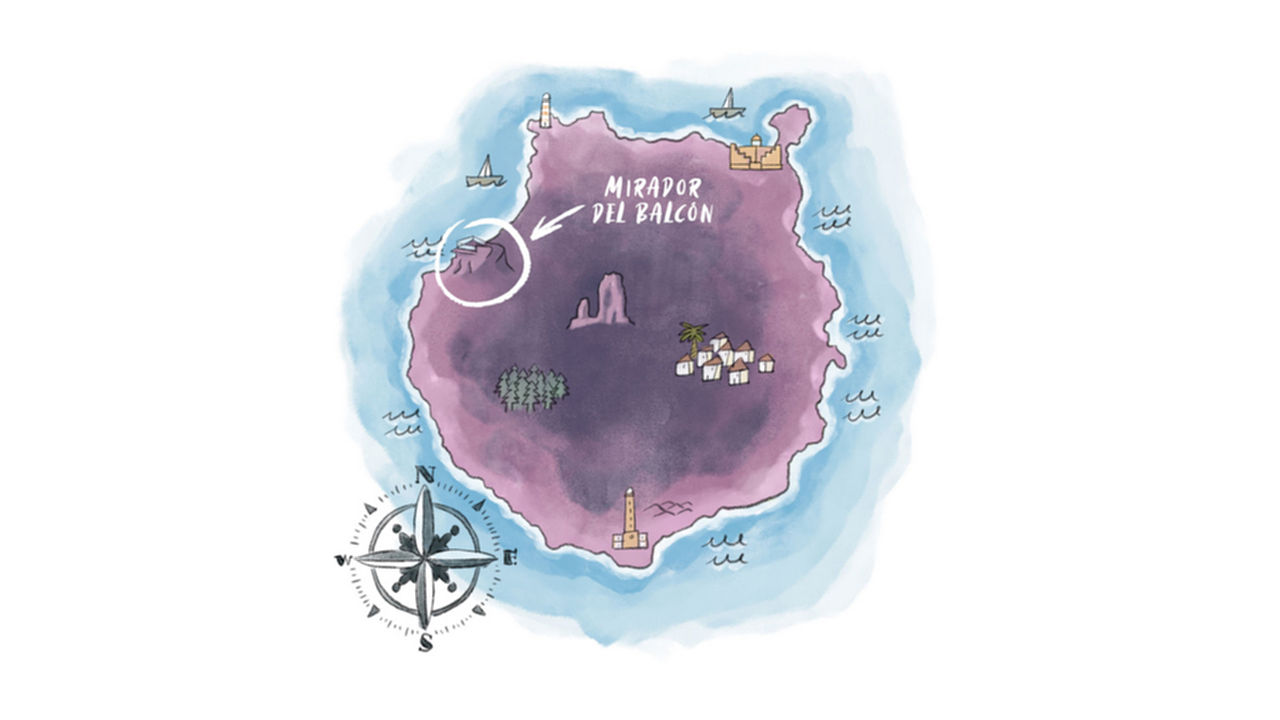

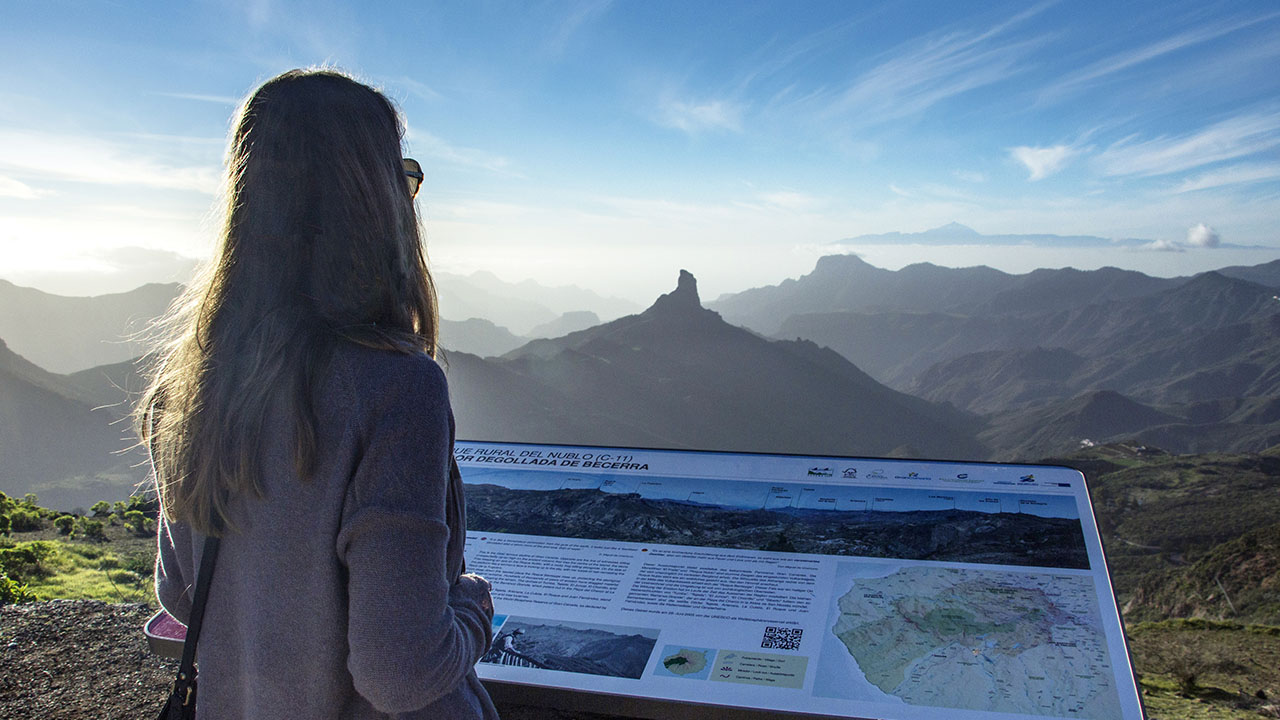
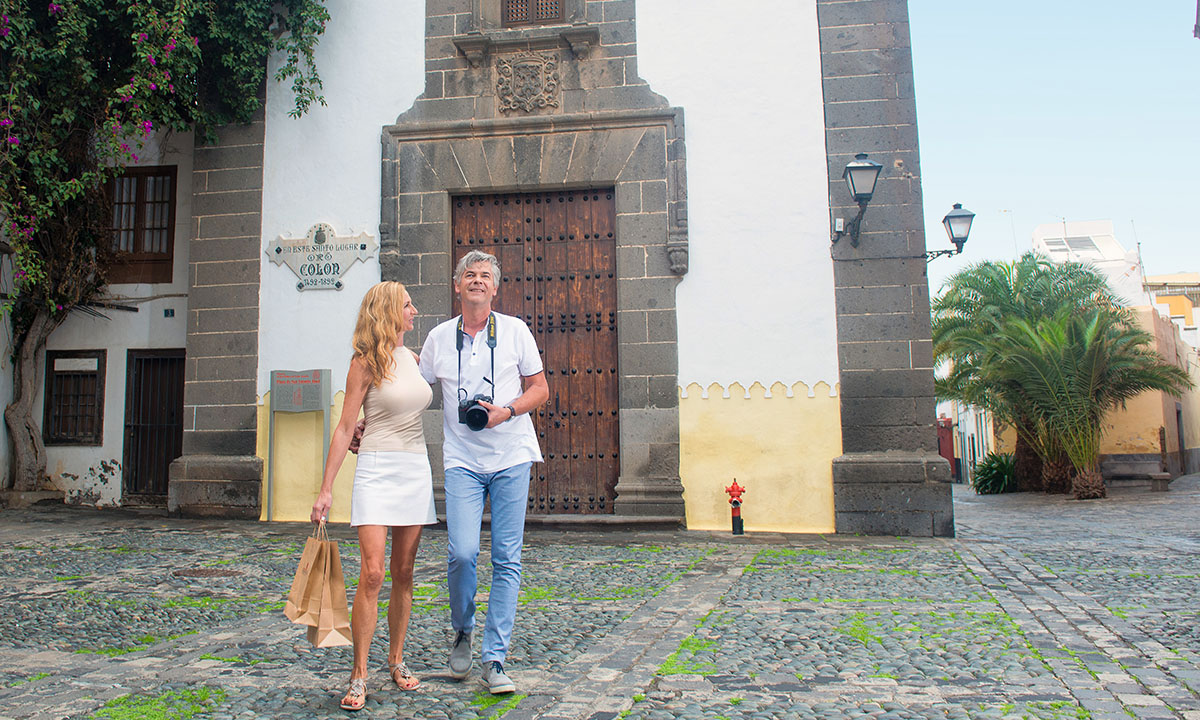
Comments are disabled for this post.